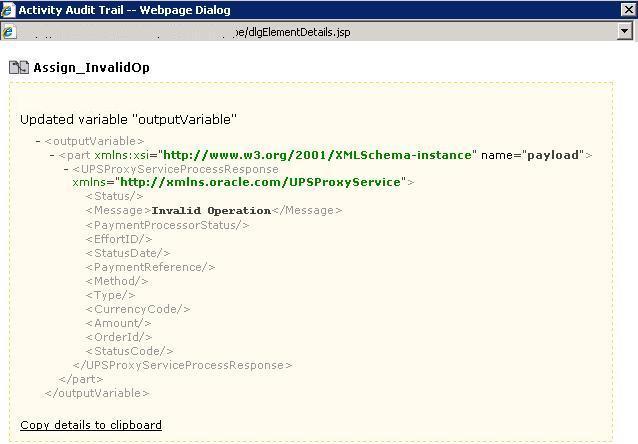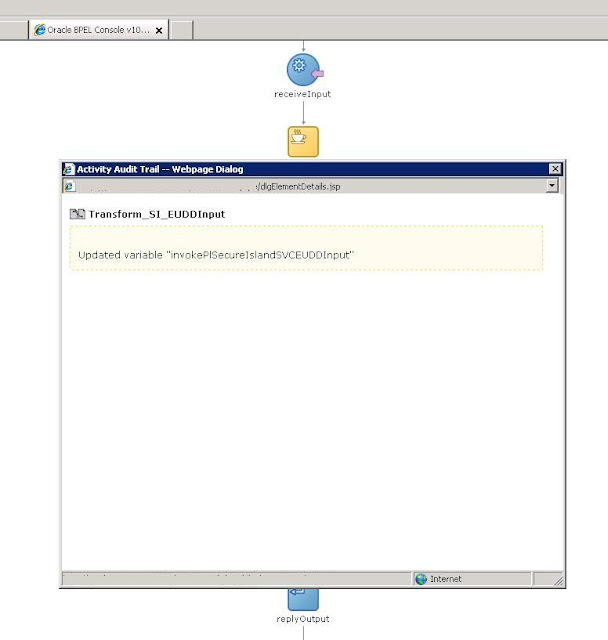- Set the operating system classpath to contain the following java library files found in jdeveloper installation
- ocrs12.jar
- ojdbc14.jar
- ojdbc14dms.jar
- orai18n.jar
- sqljdbc.jar
- DBAdapter.jar
- bpm-infra.jar
- orabpel.jar
- xmlparserv2.jar
- xschema.jar
- toplink.jar
eg : set classpath=%classpath%;d:\jdevstudio10134\jdbc\lib\ocrs12.jar; d:\jdevstudio10134\jdbc\lib\ojdbc14.jar; d:\jdevstudio10134\jdbc\lib\ojdbc14dms.jar; d:\jdevstudio10134\jdbc\lib\orai18n.jar; d:\jdevstudio10134\jdbc\lib\sqljdbc.jar;
Note: If any of the jar is missing in the jdeveloper/SOA suite installation, the jar can be downloaded from
http://www.findjar.com/
- Prepare the properties file that will be consumed by the java tool
The properties file should have
ProductName=<Database product>
DriverClassName=<Driver to be used>
ConnectionString=<JDBC Connection String>
Username=<username here>
Password=<password here>
DatabaseName=<MSSQL database>
SchemaName=dbo
ProcedureName=<name of the procedure here>
ServiceName=<Service name. This will be the name of the wsdl generated and referenced>
DatabaseConnection=<OC4Jra.xml connection string that the artificat will use>
Eg : dbname.Properties
ProductName=Microsoft SQL Server
DriverClassName=com.microsoft.sqlserver.jdbc.SQLServerDriver
ConnectionString=jdbc:sqlserver://xx.xx.xx.xx:xxxx;databaseName=dbname
Username=dbusername
Password=XXXXX
DatabaseName=dbname
SchemaName=dbo
ProcedureName=spiCSIncidentTaskFromSOA
ServiceName=srv_CSTask
DatabaseConnection=eis/DB/dbname
3. Use the below command to generate artifacts using the above properties file
C:\Jdev10.1.3.4\integration\lib>java oracle.tip.adapter.db.sp.artifacts.GenerateArtifacts dbname.Properties
- The tool will generate two WSDL file and an XSD
- Import the Project WSDL into the BPEL Project
- Create a partner link for the imported wsdl
- Create a Invoke activity and map it to the new partner link







